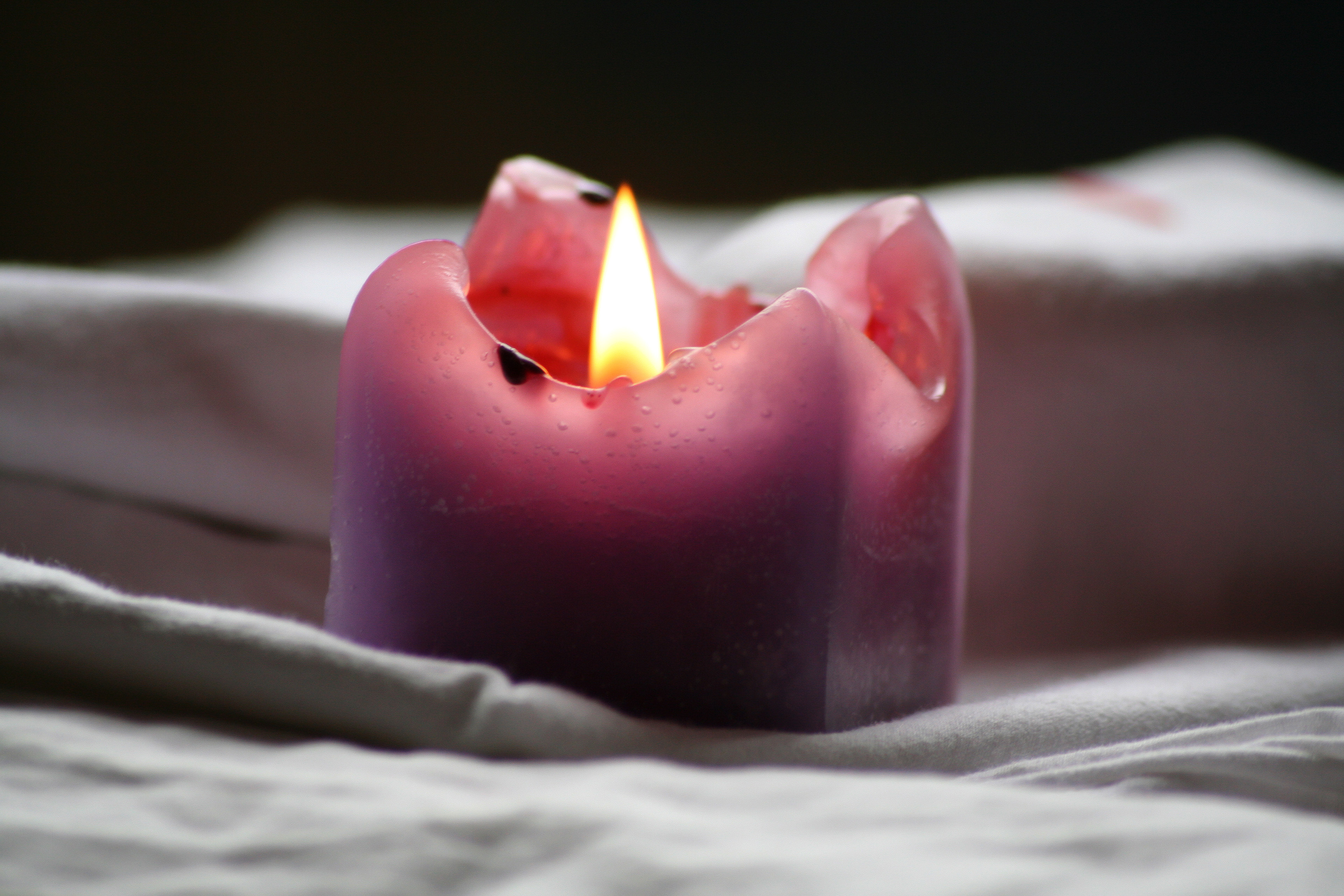
THURSDAY, June 11, 2015 (HealthDay News) — Close to one in 10 American men suffers from depression or anxiety, but fewer than half get treatment, a new survey reveals.
The nationwide poll of more than 21,000 men also found that among younger males, blacks and Hispanics are less likely than whites to report mental health symptoms. And when they do acknowledge psychiatric troubles, they are less likely to seek professional help than whites, according to the U.S. Centers for Disease Control and Prevention report.
“We suspect that there are several social and cultural pressures that lead black and Hispanic men to be less likely than white men to seek mental health treatments,” said report lead author Stephen Blumberg, an associate director for science with the CDC’s National Center for Health Statistics (NCHS).
“These pressures, which include ideas about masculinity and the stigma of mental illness, may be more pronounced for men of color,” he said. “And these same forces may lead men of color to be more likely to deny or hide feelings of anxiety or depression.”
If this is true, Blumberg added, “then the (racial) disparities we observed could be even greater.”
The survey was conducted between 2010 and 2013. The results were published June 11 in the NCHS Data Brief.
Across all ages, survey results indicate almost 9 percent of U.S. men suffer from depression or anxiety on a daily basis, although only 41 percent of these men actually sought treatment.
More than 39 percent of the men under 45 years of age said they had either taken medication or visited a mental health professional for daily anxiety or depression during the prior year. This put these younger men roughly on a par with the estimated 42 percent of “older men” (those 45 and up) who said they had done the same.
But racial differences in terms of mental health care patterns became apparent when the study authors focused on those 18 to 44 years old.
Just 6 percent of younger black and Hispanic men said they experience daily anxiety or depression, compared with over 8 percent of younger white men, the findings showed.
And younger black and Hispanic men who experienced daily depression or anxiety were less likely to have accessed mental health treatment in the prior year than their white peers (about 26 percent versus 45 percent, respectively). This racial divide was not seen among men aged 45 and up.
Health insurance status appeared to be a major factor. While no significant racial differences in the use of mental health treatment services were seen among insured men, uninsured white men between 18 and 44 with daily anxiety or depression were three times more likely to access mental health care than their uninsured black or Hispanic peers.
While the survey doesn’t explain this discrepancy, the authors said that in focus groups they found having health insurance coverage seemed to reduce the stigma associated with needing mental health treatment for blacks and Hispanics. Expansion of health insurance coverage as a result of the Affordable Care Act (sometimes called “Obamacare”) could therefore reduce these racial and ethnic disparities, they said.
Jill Kiecolt, an associate professor of sociology at Virginia Tech University, said she wasn’t surprised by the findings.
“But they need to be unpacked a bit,” she added. Kiecolt said, for example, that while a lot of prior research has also identified relatively lower rates of anxiety and depression among blacks, rates among Hispanic men have generally been pegged as on par with their white peers.
“Consequently, African Americans’ mental health advantage on these indicators is larger than it appears,” Kiecolt said, “whereas Hispanics may not have a mental health advantage.”
As for what might drive the better mental health numbers among black men, Kiecolt said the dynamic remains puzzling. “We don’t know why,” she noted.
Her own research has not found support for the often-floated notion that black Americans generally benefit from stronger social support structures relative to whites.
Nevertheless, she stressed that the lower rates of depression and anxiety seen among black men “most likely are real.”
More information
There’s more on U.S. mental health trends at the U.S. Centers for Disease Control and Prevention.
Copyright © 2025 HealthDay. All rights reserved.

